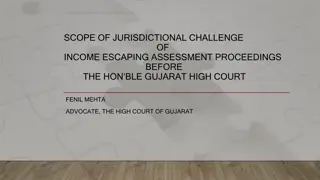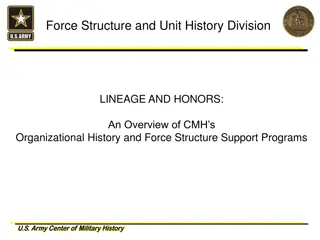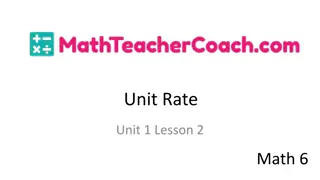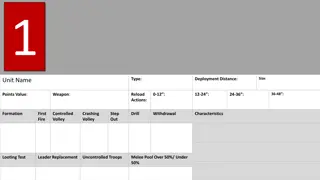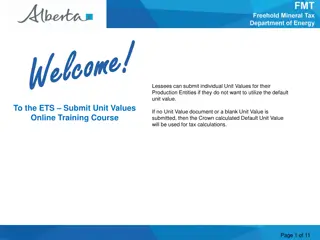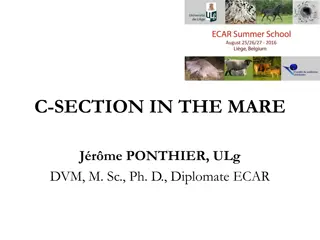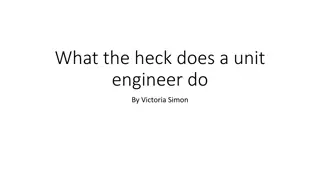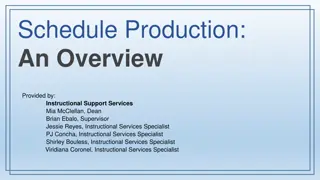
Mastering Translations in Math: Techniques and Examples
Explore the world of translations in mathematics, from understanding vectors and transformations to applying rules for translating figures in the coordinate plane. Learn how to identify vector components, write translation rules, and apply transformations effectively through practical examples and explanations.
Download Presentation

Please find below an Image/Link to download the presentation.
The content on the website is provided AS IS for your information and personal use only. It may not be sold, licensed, or shared on other websites without obtaining consent from the author. If you encounter any issues during the download, it is possible that the publisher has removed the file from their server.
You are allowed to download the files provided on this website for personal or commercial use, subject to the condition that they are used lawfully. All files are the property of their respective owners.
The content on the website is provided AS IS for your information and personal use only. It may not be sold, licensed, or shared on other websites without obtaining consent from the author.
E N D
Presentation Transcript
Bellwork Bellwork
Translations Translations Section 4.1
What You Will Learn What You Will Learn Perform translations. Perform compositions. Solve real-life problems involving compositions.
A vector A vector Performing Translations A vector is a quantity that has both direction and magnitude, or size, and is represented in the coordinate plane by an arrow drawn from one point to another.
Identifying Vector Components In the diagram, name the vector and write its component form. The vector is JK . To move from the initial point J to the terminal point K, you move 3 units right and 4 units up. So, the component form is 3, 4 .
A transformation is a function that moves or changes a fi A transformation is a function that moves or changes a fi gure some way to produce a new fi some way to produce a new fi gure gure called an image. Another name for the original fi name for the original fi gure gure is the preimage. is the preimage. gure in in called an image. Another
Translating a Figure Using a Vector Translating a Figure Using a Vector The vertices of ABC are A(0, 3), B(2, 4), and C(1, 0). Translate ABC using the vector 5, 1 . You can also express a translation along the vector a, b using a rule, which has the notation (x, y) (x + a, y + b).
Writing a Translation Rule Write a rule for the translation of ABC to A B C . SOLUTION To go from A to A , you move 4 units left and 1 unit up, so you move along the vector 4, 1 . So, a rule for the translation is (x, y) (x 4, y + 1).
Translating a Figure in the Coordinate Plane Translating a Figure in the Coordinate Plane Graph quadrilateral ABCD with vertices A( 1, 2), B( 1, 5), C(4, 6), and D(4, 2) and its image after the translation (x, y) (x + 3, y 1).
Bellwork 1. Name the vector and write its component form. 2. The vertices of LMN are L(2, 2), M(5, 3), and N(9, 1). Translate LMN using the vector 2, 6 .
Performing Compositions A rigid motion is a transformation that preserves length and angle measure. Another name for a rigid motion is an isometry. A rigid motion maps lines to lines, rays to rays, and segments to segments.
Performing a Composition Graph RS with endpoints R( 8, 5) and S( 6, 8) and Graph RS with endpoints R( 8, 5) and S( 6, 8) and its image after the composition. its image after the composition. Translation: (x, y) (x + 5, y 2) Translation: (x, y) (x + 5, y 2) Translation: (x, y) (x 4, y 2) Translation: (x, y) (x 4, y 2)

